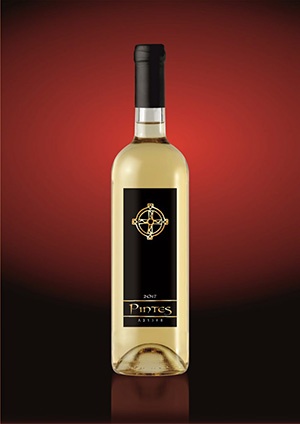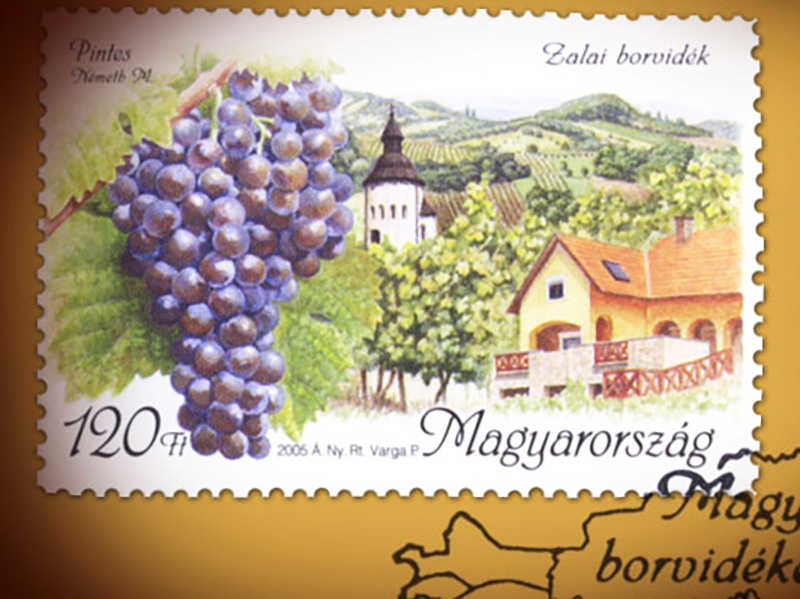
An oustanding species is Pintes, of antique Hungarian origins, which seemed to have disappeared after the filoxera disaster in the 19th Century.
By now only a territory of 1,5 hectares, entirely owned by our family has survived. Pintes – the wine can only be found in our cellar. It is a real rarity, available only in a few thousand samples.
Pintes’ unique flavour and scents recall the past centuries. It is the symbol, a sort of „ wine incarnation ” of true rustical Hungarian products.
Pintes is part of Hungarian wine history, its preservation is our duty.
We are proud to be the keepers of one of Central Europe’s most ancient wine species. We keep trying our best to preserve its values with our best knowledge and possibilities.
HISTORY OF THE PINTES
1860
1875
1968
Some stocks of this species were found in 1968 by Márton Németh, Hungary’s greatest ampelographists, on the wine hills near Pécs-Cserkút, in the South of the country. According to Németh the species belonged morphologically to the pontus system, among those of middle-asian origins.
Its production values were examined by Ervin Kiss in Badacsony’s Reasearch Center – he is also the one who invented the name Pintes, being the species’ middle age-name unknown and because of its extraordinary productivity – the ’pint’ is a Hungarian unit of measure, and one stock, infact, is capable of producing something like 1 pint (1,6 litres) worth of wine.
1977-1980
Pintes’s stock and plants are medium strong, with broad, silver-grey broad leaves. The round, long and bloomy berries are placed on well-built, medium ripe bunches. The skin is hard and does not crack. It’s a juicy, soft type of grape, to be harvested in warm climate, at the end of September, beginning of October. Its resistance to winter is good, with a medium sensitivity to mildewy, and so is its resistance to rottening until full maturity. It has been a registered species since 1977. In the beginning it was tested and used as base-wine for champagne, because of its huge acid content.
In the Eighties some central plantations were established for further research on Pintes – by now, only 1.5 hectares in Csáford have survived.
1996
1997
2005
The Hungarian Post has issued a stamp in the 2005 series dedicated to „Wine Areas in Hungary”, including Pintes to represent the Wine Area of Zala.
Let us thank dr. Csizmazia Darab József and designer Pál Varga for their outstanding work.
